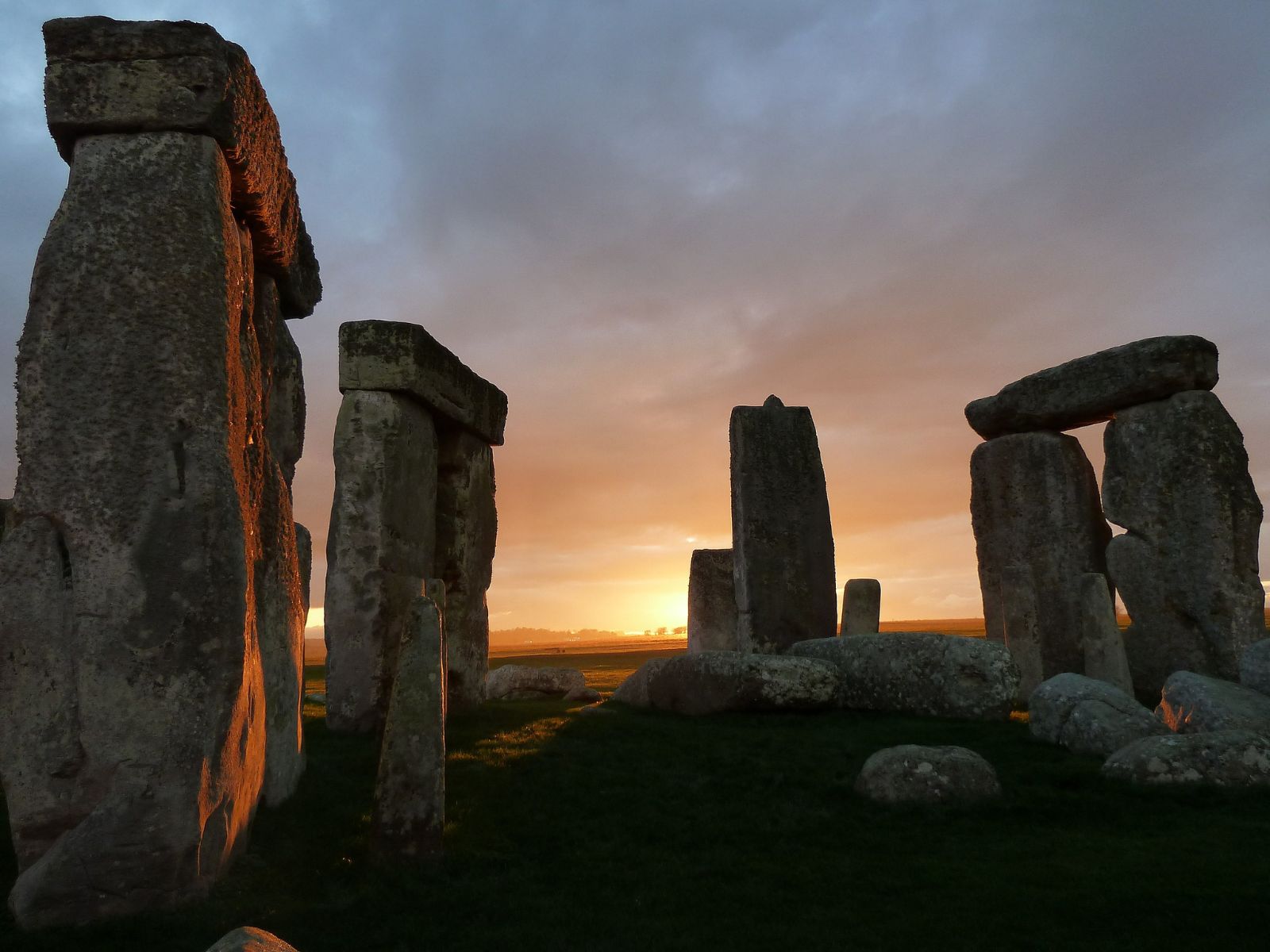📣 For more lifestyle news, click here to join our WhatsApp Channel and also follow us on Instagram
India has its own version of Britain’s Stonehenge in Manipur
Perched 37 kilometres from Senapati town and about 146 kilometres from Imphal, the capital of Manipur, Willong Khullen feels like a portal to another world
 Discover the mesmerising monoliths of Willong Khullen in Manipur, often called India’s Stonehenge (Source: Wikimedia Commons)
Discover the mesmerising monoliths of Willong Khullen in Manipur, often called India’s Stonehenge (Source: Wikimedia Commons)Hidden deep in the hills of Manipur is a secret place, older than most structures in this country. Welcome to Willong Khullen, a charming village often hailed as “India’s Stonehenge”.
Imagine giant megaliths piercing the sky – sounds like the setting of a fantasy novel, doesn’t it? But this isn’t fiction. It’s real, and it’s utterly magical.
Perched 37 kilometres from Senapati town and about 146 kilometres from Imphal, the capital of Manipur, Willong Khullen feels like a portal to another world. Here, hundreds of monoliths of various sizes stand tall. The tallest among them reaches a jaw-dropping 20 feet, and some weigh more than a small truck.
Unlike its British counterpart, Stonehenge, these ancient marvels aren’t plagued by the rules of symmetry or geometry.
How did they do it? That’s the saat crore ka sawaal. Theories abound – ropes, levers, and sheer manpower – but none quite capture the magic of what it must have felt like to see these stones rise. Did they chant as they worked? Did they have secret engineering techniques lost to history? It’s a mystery that would make even Indiana Jones raise an intrigued eyebrow.
One particularly tantalising legend claims that the stones were brought here by giants – yes, actual giants – who carried them from a distant land. The logistical nightmares of hauling such colossal stones without modern machinery certainly lend some weight to the fantastical. Giants or not, whoever erected these monoliths had strength, determination, and a flair for the dramatic.
 Some speculate that Britain’s Stonehenge was used as an astronomical calendar, given its precise orientation which aligns stones to the summer and winter solstices. Others posit that it had ritual significance. (Wikimedia Commons)
Some speculate that Britain’s Stonehenge was used as an astronomical calendar, given its precise orientation which aligns stones to the summer and winter solstices. Others posit that it had ritual significance. (Wikimedia Commons)
What’s most impressive is that this was not a one-off event. The sheer number of monoliths suggests a community effort spanning years if not decades. They weren’t just stacking stones but building an identity, a legacy, and, perhaps, a link to the divine.
Willong Khullen remains relatively off the beaten track, a blessing for those who relish discovering an untouched treasure. But the site remains under-researched and under-promoted, meaning the world overlooks it. Local authorities and cultural enthusiasts are beginning to shine a spotlight on the monoliths, but much work remains.
So, pack your sense of wonder, put on your comfiest walking shoes, and head to this magical corner of India.
📣 For more lifestyle news, click here to join our WhatsApp Channel and also follow us on Instagram



- 01
- 02
- 03
- 04
- 05
























